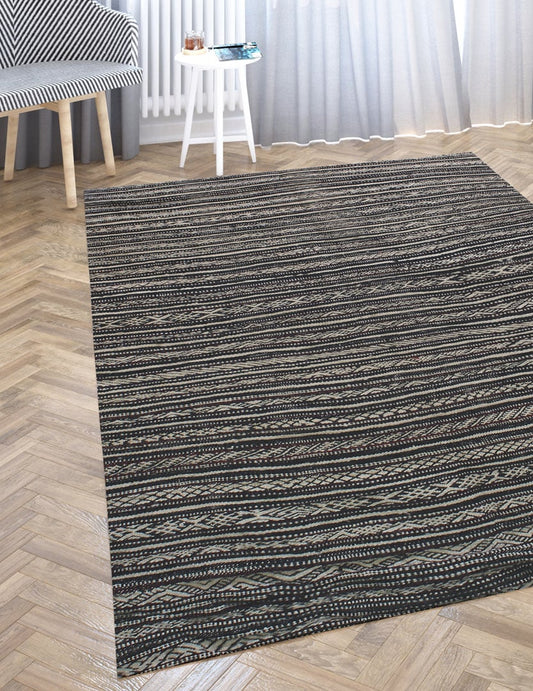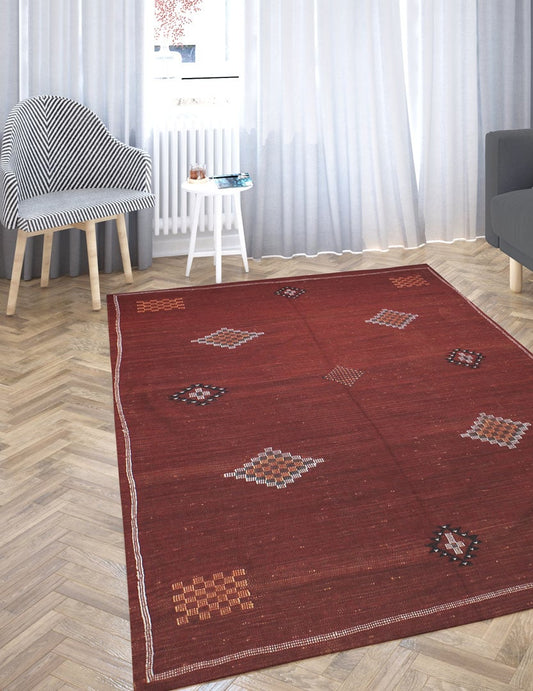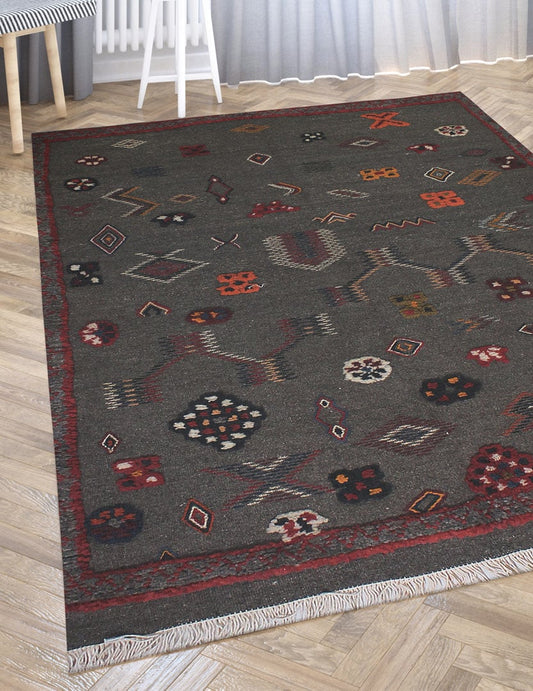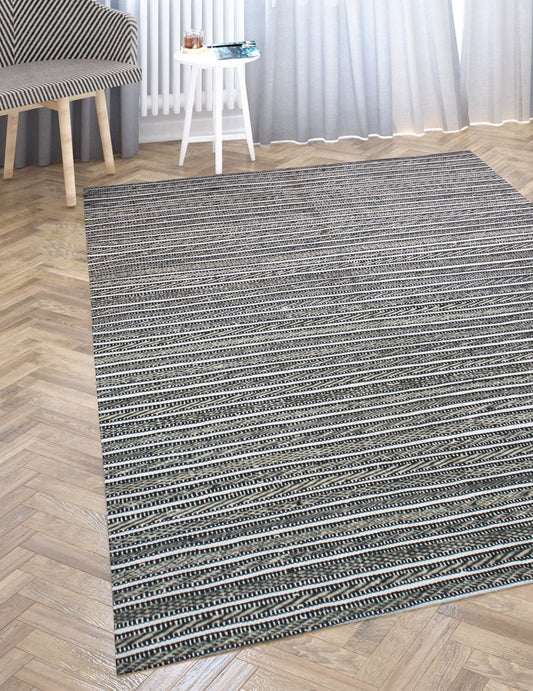Collection: Berber carpet
Whether you have ever walked on Moroccan soil or not, you surely know the reputation of the Moroccan rug. Also called Berber rug, it is a luxurious rug with a design that is both contemporary and ancient, capable of best adorning any interior.
-
 Sold out
Sold outBeni Ouarain rug 100% wool
Regular price €200.00 EURRegular priceUnit price / per -
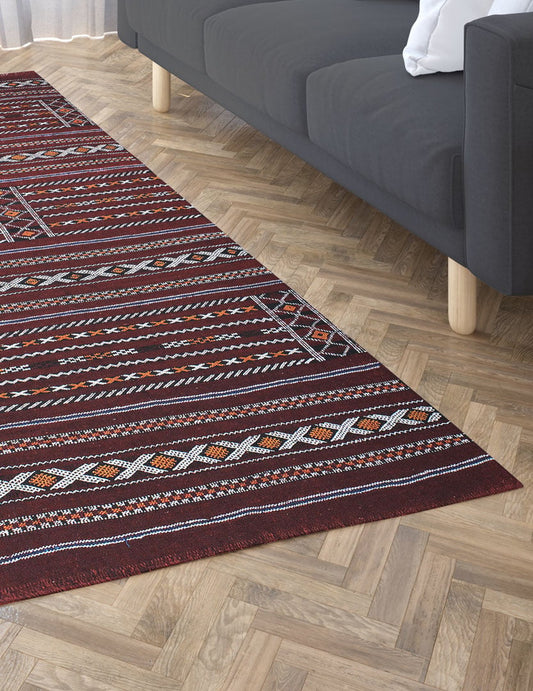 Sold out
Sold outRed Berber hallway rug - Khémisset
Regular price €134.98 EURRegular priceUnit price / per -
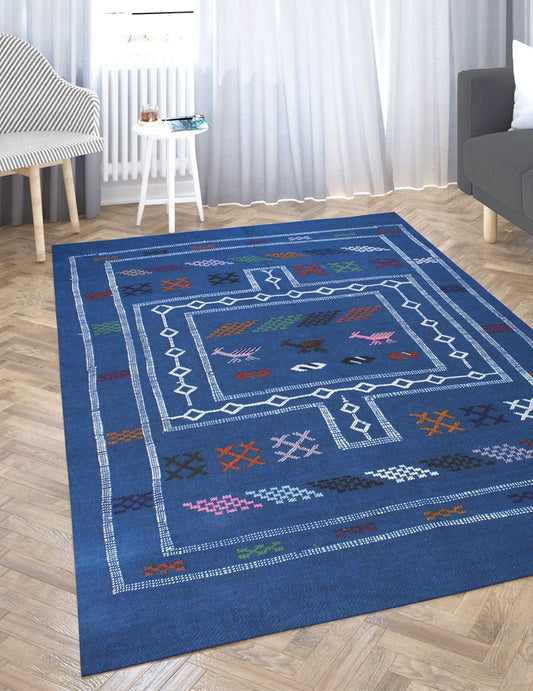 Sold out
Sold outBerber Wool Rug Blue Bejaâd
Regular price €101.64 EURRegular priceUnit price / per -
Dark Wool Saharan Rug
Regular price €168.00 EURRegular priceUnit price / per -
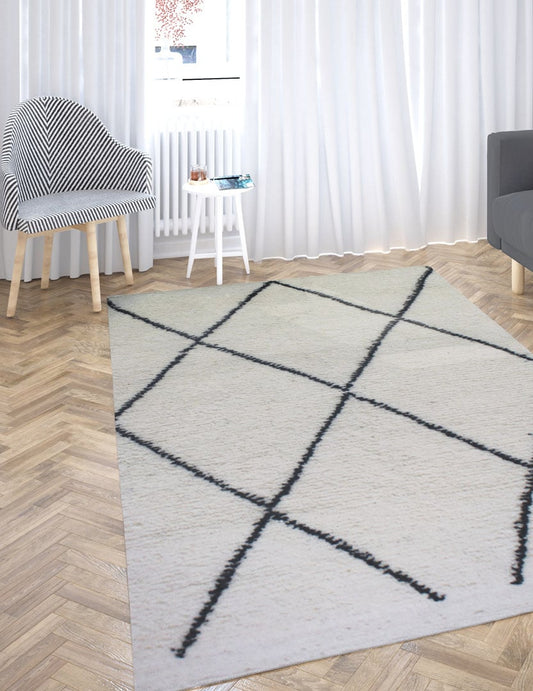 Sold out
Sold outBeni Ouarain wool / cotton rug
Regular price €118.83 EURRegular priceUnit price / per -
 Sold out
Sold outBerber Sabra White Rug - Bejaâd
Regular price €80.00 EURRegular priceUnit price / per€134.98 EURSale price €80.00 EURSold out -
Berber Sabra Red Rug - Bejaâd
Regular price €80.00 EURRegular priceUnit price / per€134.98 EURSale price €80.00 EURSale -
Saharan Rug Grey Wool
Regular price €140.00 EURRegular priceUnit price / per€218.10 EURSale price €140.00 EURSale -
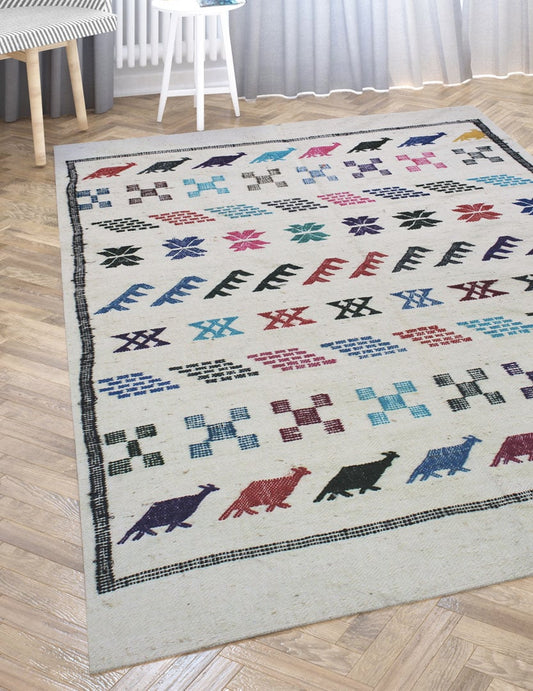 Sold out
Sold outBerber rug Natural wool Bejaâd
Regular price €55.83 EURRegular priceUnit price / per -
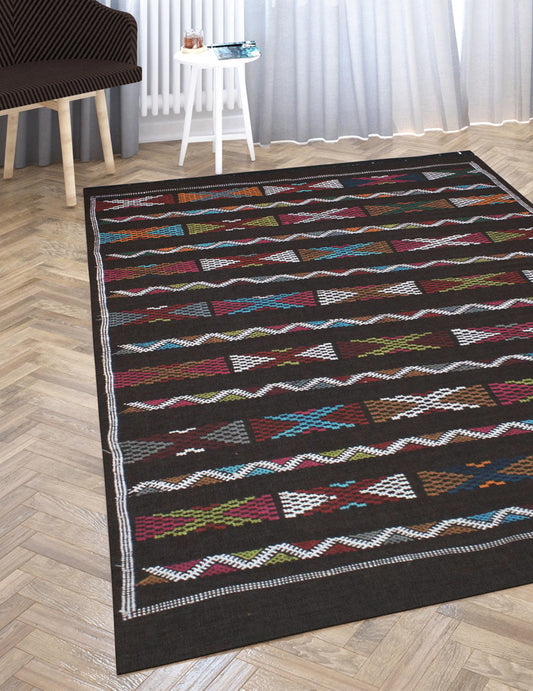 Sold out
Sold outBerber Rug Brown Wool Bejaâd
Regular price €75.00 EURRegular priceUnit price / per€109.98 EURSale price €75.00 EURSold out -
 Sold out
Sold outBerber Red Wool Rug Bejaâd
Regular price €55.83 EURRegular priceUnit price / per -
Saharan carpet Light wool
Regular price €109.00 EURRegular priceUnit price / per€230.00 EURSale price €109.00 EURSale



